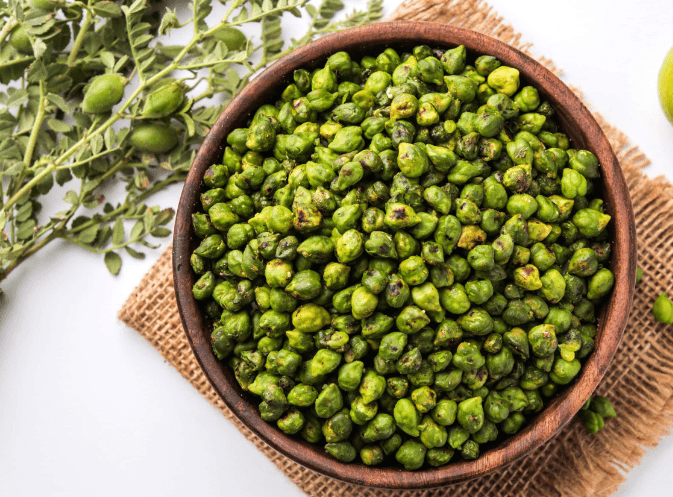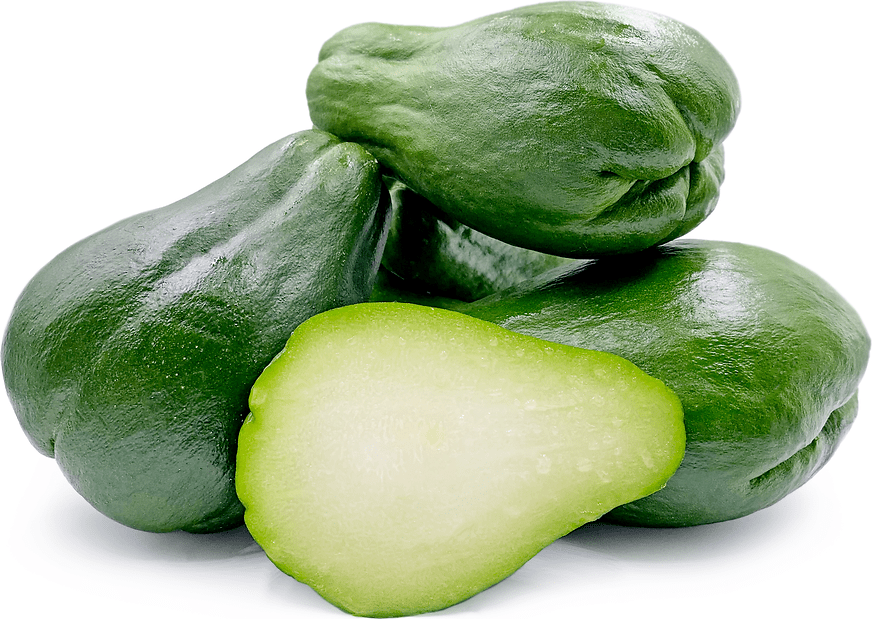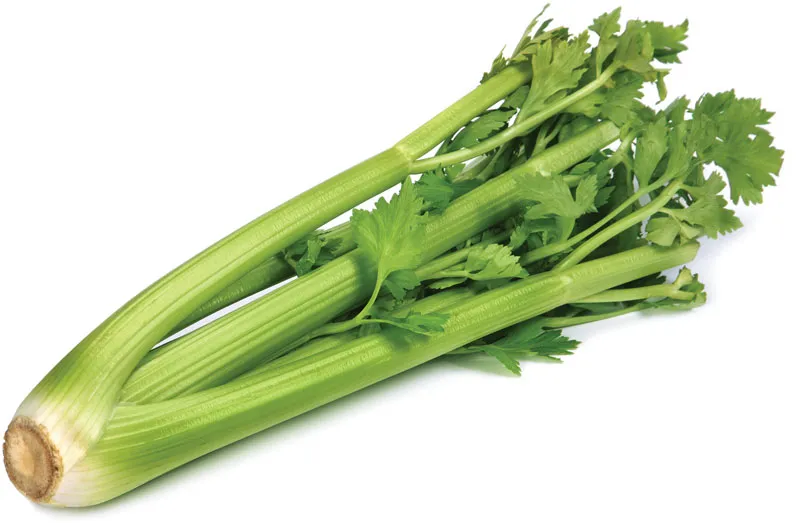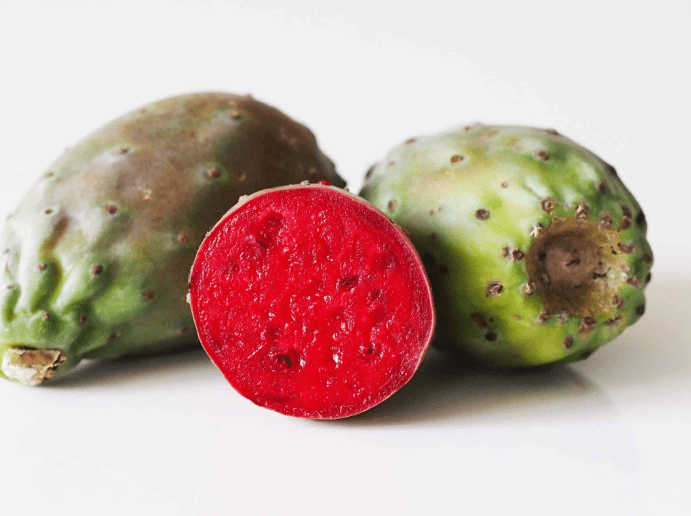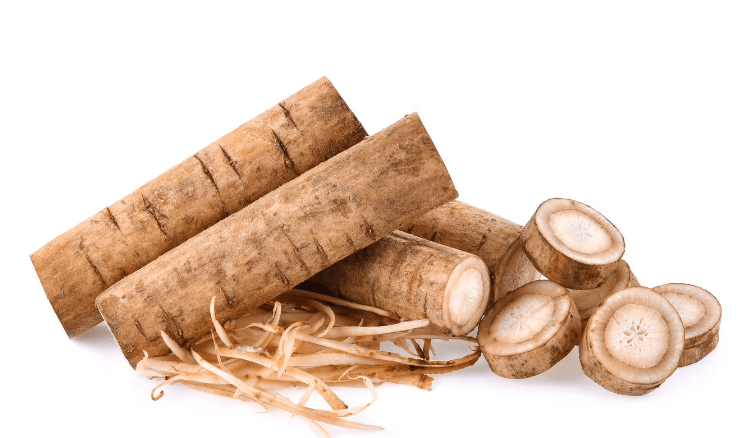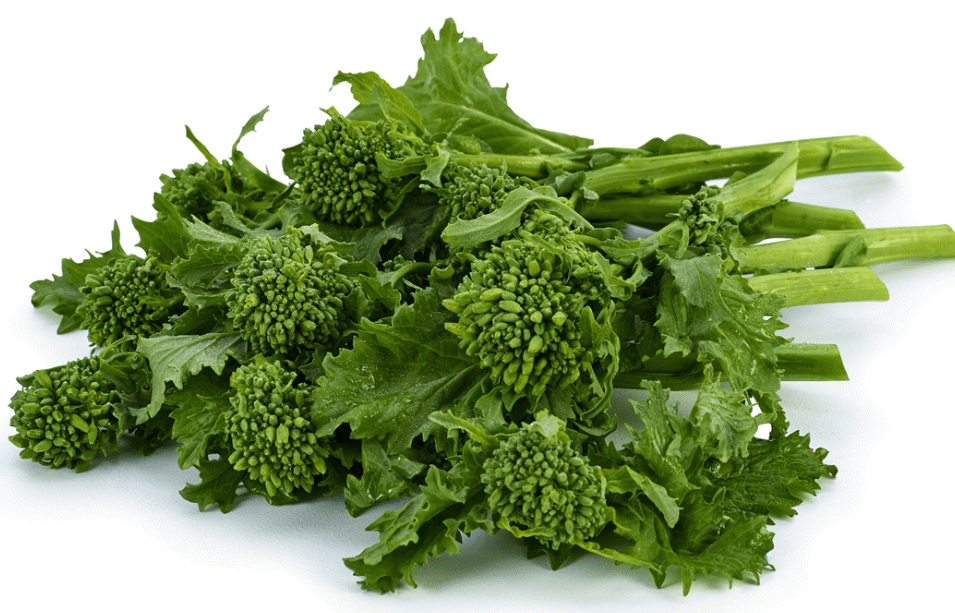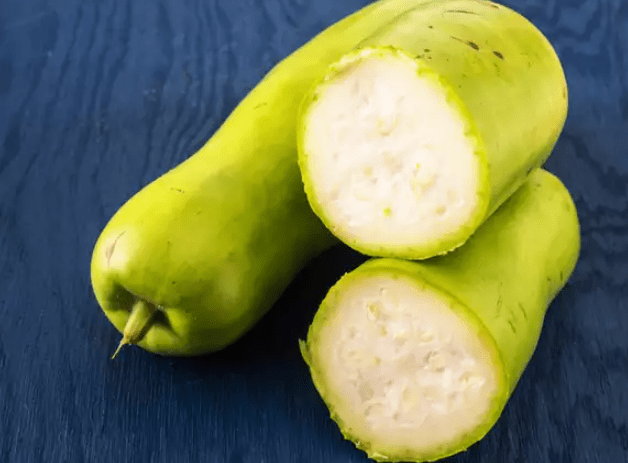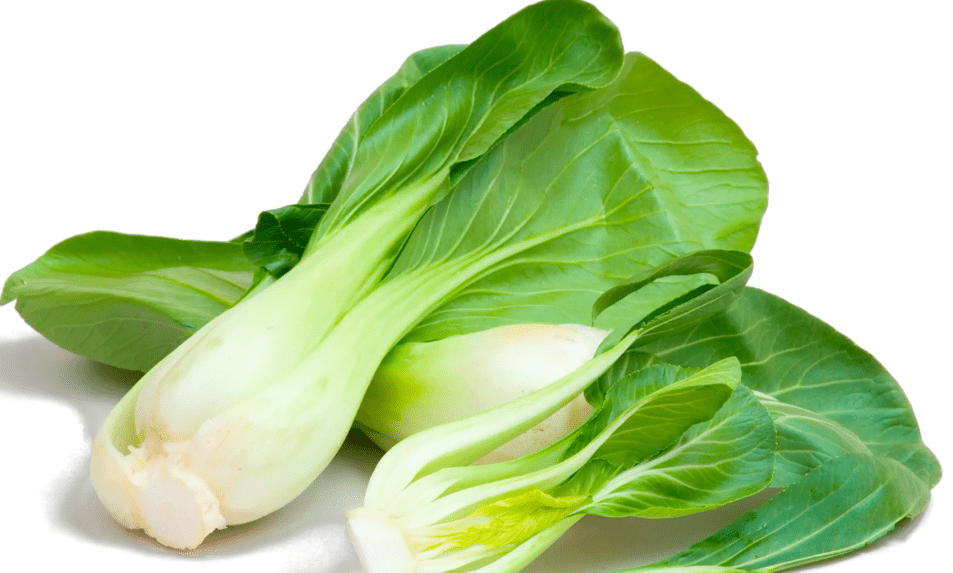Chickpea
Description The two-foot-tall, bushy plants with fluffy pinnately complex leaves. The tiny white or reddish flowers are typically self-pollinated and have unique blue or purple veins. One or two yellow-brown or dark green beans are produced per pod. There are variations with big seeds and little seeds. Varieties Kabuli and Desi chickpeas are the two […]


